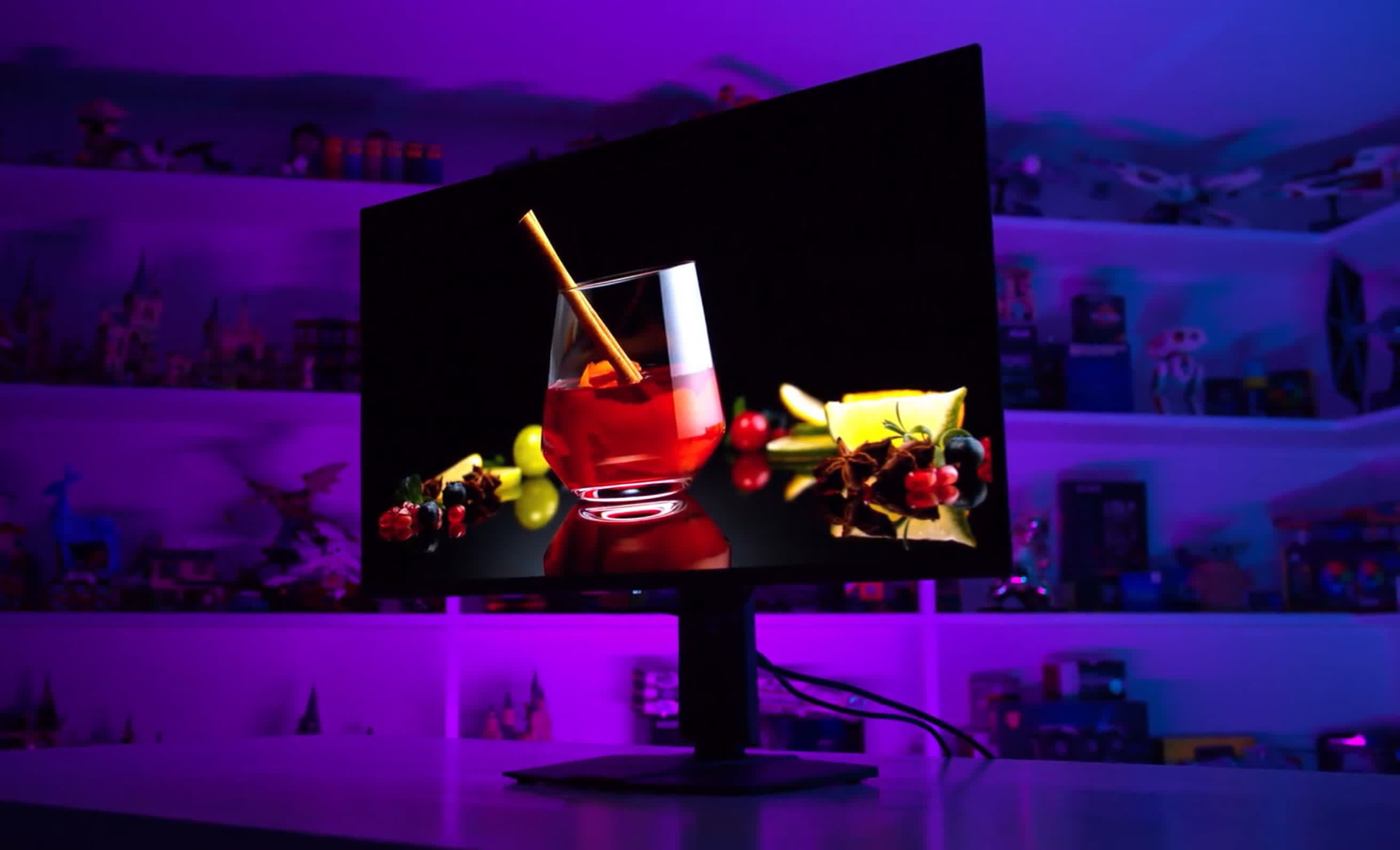The OLED Burn
We've been using the MSI MPG 321URX QD-OLED exclusively as a productivity monitor for the last six months,关键字1 and it's time to check in to see how the panel is holding up in terms of burn-in. Not much has changed in how we've been using this monitor – we've really been pushing it with a worst-case usage scenario for OLED – but there have been a few changes compared to the last time we checked for burn-in.
If you missed the last two updates, we recommend going back and checking out at least the initial article to get an idea of the setup we're using and why we've chosen MSI's 4K 240Hz QD-OLED gaming monitor as our workstation display.
Essentially, the idea here is to perform a real-world test of OLED longevity in the worst possible configuration, effectively burning in the display on purpose. We swapped a 32-inch 4K IPS LCD for this new QD-OLED and changed nothing else about the setup – no dark mode, no screensavers, or anything like that – to see if OLED monitors can truly be used as LCD-equivalent productivity displays long-term.

I use my monitor more than 8 hours a day, sometimes continuously, with no breaks for the display to turn off and rest. This leads to hours upon hours of static usage in applications like web browsers, Microsoft Office (including Excel), and production tasks like Adobe Premiere and Photoshop. With virtually no content consumption and zero gaming in our daily use of this display, this is not how we recommend usingan OLED at all, though it's a use case that has been perfectly fine for LCDs for a long time.
After one month of usage, the MSI 321URX showed no signs of burn-in at all, which was expected. At that point, we'd used the monitor for about 200 to 250 hours. After three months, we started to see faint signs of burn-in, and by that time, we'd used the display for approximately 650 to 750 hours with 71 panel compensation cycles.

Six months into this experiment, we estimate the usage to be between 1,200 and 1,500 hours, and the monitor indicates that it has run 141 compensation cycles. This aligns with what we reported previously – about double the usage and about double the compensation cycles. We're still seeing around 9 to 10 hours of usage at 200 nits of brightness per compensation cycle.
As we mentioned in the last update, the recommended rate for panel protection cycles is every four hours, so in our typical usage, it's running less than half as often as is ideal. However, this is a totally realistic scenario for someone using this display for full-time work, especially if you don't put the monitor to sleep during breaks. We've set the display to sleep after two hours, which is far longer than we would recommend for general OLED use, but it's the same setting we used for our LCD.
(责任编辑:天使街的模糊女生恋人未成年)
- Don't Buy a GPU Now: Wait for Next
- 15 Places to Find Fairies
- 黄浦:聚焦排污、毁绿、噪音污染等,检察机关与职能部门联动协作守护生态环境
- 崩坏:星穹铁道2.7版本将于12月4日更新,自选五星福利放送!
- Best earbuds deal: Save $50 on Bose Ultra Open Earbuds
- 火焰纹章圣战系谱修改篇怎么样
- Call of Duty Multiplayer Ranked Play Matchmaking Intel
- ไทยเป็น "รัฐล้มเหลว" แล้วหรือไม่ ฟังมุมมองจากผู้เขียน Why Nations Fail
- 《曾逢君时花照眼》播放量超4亿,“大内总管”魏劲松表演广受好评
- Win8系统输入法设置技巧大全
- 韦东奕账号应该注销,真正还他以宁静
- 勇闯热血传奇元宝秘境,丰厚奖励等你来拿!
- 既能拍照打卡,又能听跑步大使分享经验,这家NIKE体验店就是要红
- 2025年期末班主任评语440条
